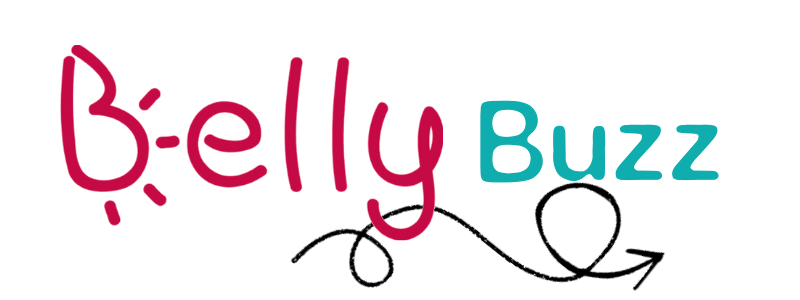By Melissa Moog
Happy Earth Day!! In honor of Earth Day and our book, Itsabelly’s Guide to Going Green with Baby we wanted to share easy tips and recommendations to creating a healthier and less toxic environment for your baby. Take a peek at our overview and let us know if you have additional tips or favorite non-toxic products you love. Remember the bottom line when going green and choosing non-toxic products is that less is more, read every product label before you buy it and when in doubt do your research!
1. Did you know that a single diaper can take up to 500 years to biodegrade in the landfill?
Tip: Go green by using easy to use Hybrid Diapers like gDiapers or GroVia. Or try cloth diapering…The Real Diaper Association is a great resource to help you get started!
2. Chemicals are up to 10 times more toxic to children than adults. Babies and children are more susceptible to chemicals’ effect because of their developing organs.
Tip: Choose safer baby soap, shampoo, diaper creams and sunscreens so that you’re not exposing your baby to icky chemicals. Earth Mama Angel Baby’s non-toxic baby care products and Badger’s sunscreen are some of our favorites.
3. Babies can be exposed to chemicals in food, bottles and feeding utensils.
Tip: Products that are BPA free can be easily found on store shelves these days but if you’re not sure about a product do your research. Think Baby offers a great selection of baby feeding gear such as bottles and food containers.
4. It’s healthier to feed your baby natural, organic and unprocessed foods which don’t have preservatives and chemicals.
Tip: Buy organic when you can especially with the Dirty Dozen or choose to buy the Tempting Twelve which has the least pesticides (EWG’s Shopper’s Guide to Pesticides in Produce is noted below). With protein products try to buy organic, hormone free and anti-biotic free chicken, turkey, beef and pork.
Dirty Dozen (highest pesticides): Apples, bell peppers, celery, cherries, imported grapes, nectarines, peaches, pears, kale, carrots, lettuce and strawberries.
Tempting Twelve (least pesticides): Asparagus, avocados, bananas, broccoli, cauliflower, sweet corn, kiwi, mangos, onions, papaya, pineapples and sweet peas.
5. Create a green nursery by using non-toxic products and furnishings.
Tips:
- Beware of VOCs – Volatile Organic Compounds.
- Paint, carpet, bedding, furniture may have VOCs that affect air quality.
- When choosing a mattress avoid vinyl, PVC, polyurethane foam. PBDE flame-retardants can enter baby’s body. If you cannot buy an organic mattress, let your mattress off gas before use. Also, use at least organic sheets and a mattress pad protector as a barrier.
6. It’s healthier and safer to use DIY Cleaners in your home so your baby isn’t exposed to toxic chemicals. Here are a few easy, commonly used cleaner recipes:
- General Household Cleaner – mix 1/4 c. baking soda with a quart of warm water and storing it in a spray bottle. Rinse each surface with plain water after each use.
- Tub and tile cleaner: Mix 1 2/3 cup baking soda, 1/2 cup liquid soap and1/2 cup water. Then, as the last step, add 2 tablespoons vinegar (if you add the vinegar too early it will react with the baking soda). Immediately apply, wipe, and scrub.
- A good all-purpose disinfectant: 2 Cups Water, 1/4 Cup White Vinegar, 1/4 tsp, Tea Tree Oil, 1/4 tsp. Lavender Oil


